In recent years, a unique phenomenon known as ASMR has gained a massive following online, particularly on platforms like TikTok and YouTube. But what ASMR Meaning Tiktok is? This experience, which stands for Autonomous Sensory Meridian Response, has become something of a global sensation. People watch ASMR videos to relax, fall asleep, or even alleviate feelings of anxiety.
These videos often feature certain stimuli, such as whispering, tapping, or soft sounds, which trigger a tingling sensation in the brain that many describe as deeply pleasurable. But what exactly is ASMR, and why do so many people experience these feelings while watching ASMR content?
The Meaning Behind ASMR
To break it down, ASMR stands for Autonomous Sensory Meridian Response, a term coined by Jennifer Allen in 2010. While there is still some mystery surrounding this phenomenon, ASMR is often described as a tingling sensation that typically starts in the scalp and moves down the neck and spine.

This tingling sensation is triggered by external stimuli, which can include a variety of sounds or visual cues. People listen to ASMR Meaning TikTok content for various reasons, including relaxation, sleep, and even to manage anxiety.
These triggers can be very personal. While many people find whispering or the sound of fingers tapping particularly soothing, others might be more drawn to visual stimuli, such as a woman whispering directly into the camera or the sight of someone engaging in slow, deliberate movements.
For some, even the act of personal attention—such as watching someone pretend to brush their hair or give a mock facial massage—can create this tingling feeling.
ASMR on TikTok and YouTube: Where It All Started
One of the reasons ASMR has gained such a massive following is because of its presence on social media platforms like TikTok and YouTube. If you’ve spent any time on these platforms, chances are you’ve come across ASMR videos. These are often clips of people whispering, tapping on objects, or even eating, which can create certain ASMR triggers for viewers.
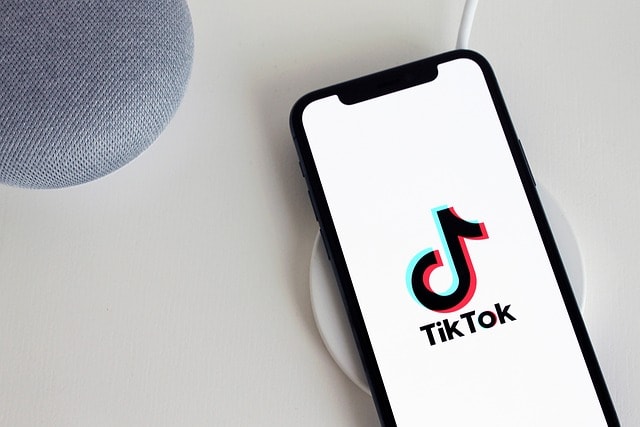
Many people describe their experience with ASMR as something akin to a relaxation technique. It’s not uncommon to see comments under popular ASMR videos where viewers share how watching these videos helps them fall asleep or calm down after a stressful day.
For many, the sensation is so pleasurable that it almost feels like a reward for the brain, a kind of pleasure response triggered by the sounds and visuals on the screen.
The ASMR community has grown into something quite substantial, with millions of people watching these videos daily. For many viewers, the appeal lies in the gentle, melodic voices of the ASMR artists. These content creators use various methods to trigger ASMR tingles, from mostly whispering to creating specific sounds using objects like brushes, pencils, or even food.
Common ASMR Triggers for People Watch ASMR Videos
When people watch stimulating videos designed to evoke ASMR, they are often seeking out what’s commonly referred to as “triggers.” These are specific types of stimuli that bring on the tingling sensation for which ASMR is known. While whispering is one of the most well-known ASMR triggers, many other things can elicit this sensation.
For example, listening to the soft sound of fingers tapping on a glass or hearing the quiet rustling of paper can cause ASMR Meaning TikTok for some people.
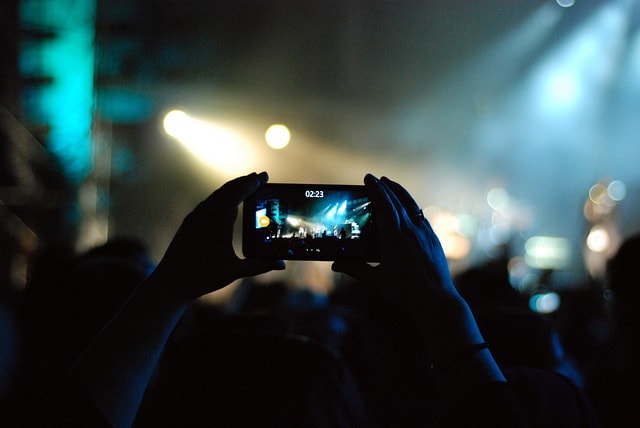
Some people experience ASMR more strongly with visual stimuli, like watching slow, repetitive motions. Examples might include the sight of someone brushing their hair, arranging objects, or even folding towels. These visuals can enhance the ASMR experience, helping people feel more connected to the sensations that arise from the external stimuli. Physical contact, even if only simulated in the videos, is another common trigger.
Different kinds of ASMR triggers vary from person to person. What might work for one viewer may not work for another. That’s part of what makes the ASMR community so diverse and engaging. People are constantly exploring new triggers and sharing their experiences, helping the phenomenon grow even further.
The Science Behind Autonomous sensory meridian response
Although many people claim to experience these pleasurable sensations, the science behind ASMR is still somewhat elusive. Neurologists and psychologists have begun to study the effects of ASMR, although much of the evidence remains anecdotal.
Some believe that ASMR may be related to the brain’s response to certain stimuli, much like how some people are more sensitive to sounds or touch than others.
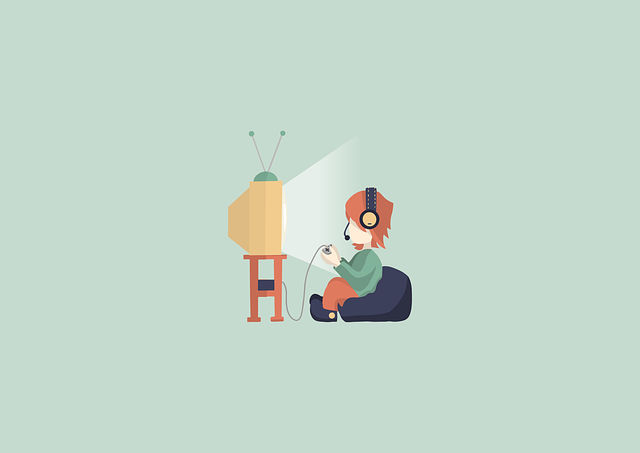
The Neurologica Blog has discussed how ASMR might work by stimulating parts of the brain that are connected to relaxation and sensory processing. While there isn’t a consensus on why certain triggers work for some and not others, many people in the ASMR community are confident that the experience is very real.
Some researchers are starting to compare ASMR Meaning TikTok to other well-known sensory phenomena, like the pleasure response people feel when listening to music they enjoy. When people describe the sensation of ASMR, they often use terms like “tingles” or “shivers down the spine,” much like people might when hearing a particularly moving song. This suggests that ASMR might be activating a part of the brain linked to emotions and relaxation.
ASMR and Relaxation
One of the most common reasons people watch ASMR videos is to relax. The soothing sounds and visuals can help viewers unwind after a long day, sometimes even helping them fall asleep. This is particularly common for people who suffer from anxiety. Many viewers claim that ASMR helps them feel calmer, reducing feelings of stress or worry.

For some, watching ASMR videos has become part of their nightly routine. By experiencing the relaxing sounds and visuals, they can fall into a more restful state, making it easier to drift off to sleep.
The ASMR community is filled with people who share these experiences, discussing how certain ASMR artists have helped them manage their anxiety or improve their sleep.
While there is still much to learn about why ASMR works so well for relaxation, the anecdotal evidence is pretty substantial. People all over the world are turning to ASMR as a tool to help them cope with the stresses of daily life, from falling asleep more easily to finding a moment of peace in an otherwise hectic world.
ASMR Artists and Their Craft
ASMR wouldn’t be the global phenomenon it is today without the artists who create this content. ASMR artists, or “ASMRtists” as they are often called, dedicate themselves to producing videos that trigger the tingling sensation their viewers seek.
Many of these artists have developed large followings on platforms like YouTube, where people tune in to hear their melodic voices, watch their intricate visuals, or listen to the unique sounds they create.

One of the key components of ASMR videos is the personal attention the artist gives to the viewer. Often, ASMR videos feature the artist speaking softly, as if they were talking directly to the person watching. This kind of intimate interaction can enhance the ASMR Meaning TikTok experience, making the viewer feel cared for or attended to.
The types of ASMR content vary widely. Some artists focus on creating a calming atmosphere, using gentle whispers and soft sounds to lull their viewers into a state of relaxation. Others might focus more on specific triggers, like tapping, scratching, or eating sounds. The variety of ASMR videos available means that there is something for nearly everyone, whether they prefer sound-based triggers, visual stimuli, or a combination of both.
Myth Busting: Clearing Up Misconceptions About ASMR
As ASMR continues to grow in popularity, there are many myths and misconceptions surrounding it. These misunderstandings often lead to confusion about how ASMR works, what triggers it, and how people experience it.
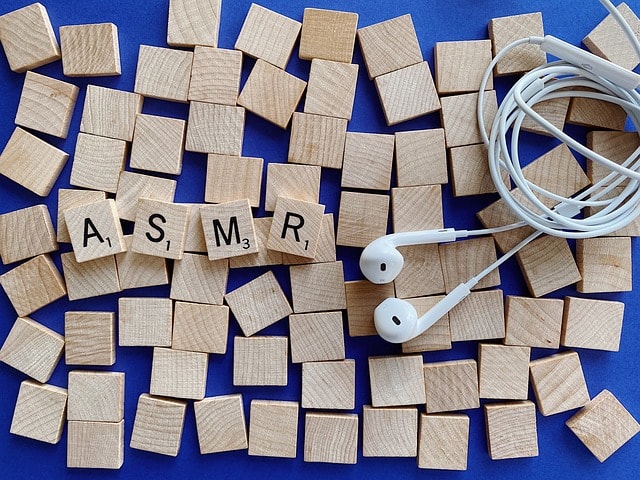
Let’s break down seven common myths related to ASMR and explain why they are misleading.
Myth 1: ASMR Is Just Weird Whispering
Many people associate the term ASMR with whispering alone, assuming that it’s just people speaking softly into the camera. While whispering is one of the most common triggers, ASMR encompasses a wide range of sounds and visuals, including tapping, crinkling, and even hand movements. ASMR videos often include a variety of stimuli beyond whispering to trigger the relaxing, tingling sensation.
Myth 2: Only People With Sensitive Skin Experience ASMR
There’s a misconception that ASMR is somehow tied to the sensitivity of a person’s skin. However, ASMR doesn’t involve physical contact. The tingles people experience are often described as a sensation on the scalp or down the spine, but they are triggered by auditory and visual cues rather than actual touch.
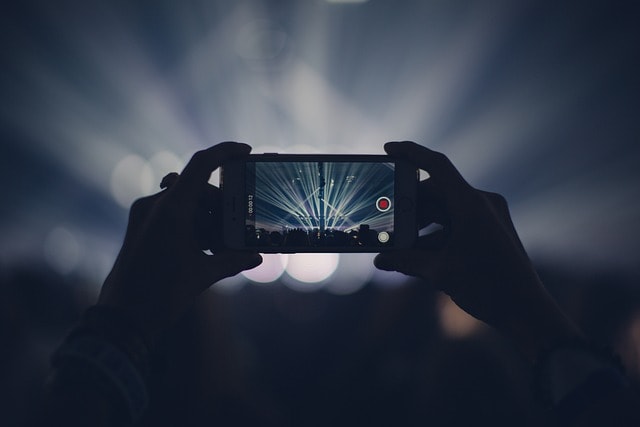
Myth 3: ASMR Only Works for Certain People
Some people believe that if they haven’t experienced ASMR, they never will. While it’s true that not everyone feels the classic “tingles,” ASMR can still work as a relaxation tool. People who don’t get tingles might still find these videos calming or enjoyable, even if they don’t feel the same sensory response as others.
Myth 4: ASMR Is a New Trend
The background of ASMR dates back further than its recent rise on platforms like YouTube. While it may seem like a modern-day phenomenon, people have been experiencing ASMR for a long time, even if the term ASMR was only coined in 2010. The sudden popularity of ASMR is due to the increase in video content platforms where people can share and discover it.
Myth 5: ASMR Is Just for Falling Asleep
While many people use ASMR Meaning TikTok to fall asleep, this is only one of its benefits. ASMR can also be used to manage anxiety, relax during the day, or simply as a form of entertainment. Some popular videos feature ASMR artists using a melodic voice to guide viewers through soothing scenarios, but the uses go beyond bedtime routines.
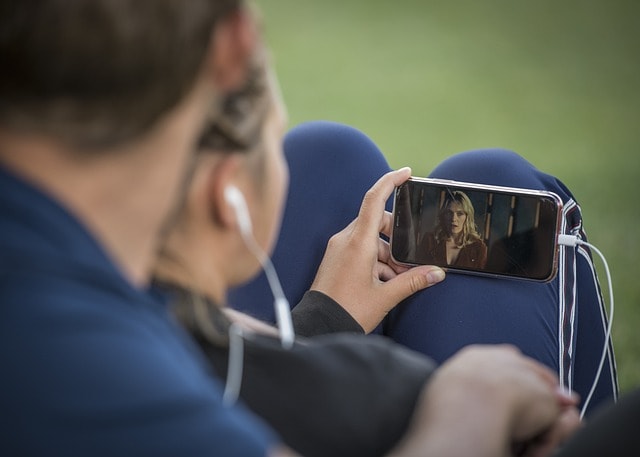
Myth 6: ASMR Artists Only Focus on Sounds
Although sound plays a significant role in ASMR, visual stimuli are just as important. ASMR videos often include gentle movements, personal attention scenarios, or close-ups of certain activities that provide triggers through sight. Watching someone’s hands move gracefully or seeing slow, repetitive actions can enhance the ASMR experience, even if the voice or sounds aren’t the only focus.
Myth 7: ASMR Is Only for a Small, Niche Audience
ASMR may have started as a niche interest, but it has grown into something pretty big. Millions of people around the world watch ASMR content, and its reach continues to expand. The fact that so many people seek out ASMR videos shows that it’s a widely appreciated phenomenon, crossing cultural and geographical boundaries.
By addressing these myths, we can see that ASMR is a versatile, widely appreciated experience that offers relaxation and tingles to many viewers. Whether you feel the tingles or simply enjoy the calming melodic voice of your favorite artist, ASMR remains a fascinating part of our digital world.
Pros and Cons of Using ASMR for Relaxation

Pros:
- Effective Relaxation Tool: Many people watch ASMR videos specifically for relaxation. The combination of whispering, soft sounds, and visual stimuli often creates a calming effect, helping to reduce stress and anxiety.
- Accessible Anytime: ASMR content is readily available on platforms like YouTube, meaning many viewers can easily access their favorite videos whenever they need to relax, whether at home or on the go.
- Personalized Experience: The diverse range of triggers and stimuli in ASMR videos allows viewers to choose what works best for them. Whether it’s the sound of tapping, brushing, or a melodic voice, there’s something for everyone.
- Brain and Sensory Benefits: For those who experience autonomous sensory meridian response tingles, ASMR can provide a pleasant feeling, almost like a gentle massage for the brain. This sensation is soothing and may enhance relaxation.
- Supportive Community: The ASMR community fosters a welcoming space where people watch and share videos, offering a sense of connection and understanding among those who appreciate this unique sensory experience.
Cons:
- Not Universally Effective: While ASMR works for many, it doesn’t trigger tingles or relaxation in everyone. Some people may find it ineffective or even irritating, especially if certain triggers don’t align with their preferences.
- Requires the Right Conditions: To get the full ASMR experience, viewers may need a quiet environment, headphones, and an undisturbed space. Listening to ASMR in noisy or distracting surroundings may reduce its effectiveness.
- Content Quality Varies: Not all ASMR content is created equal. Some videos might lack high-quality audio or visual stimuli, which can affect how well the stimuli trigger the desired sensation for viewers.
- Over-Reliance for Relaxation: While ASMR provides a valuable relaxation tool, over-reliance on it can lead to neglecting other proven techniques, like physical exercise, meditation, or mindfulness, which are equally important for mental well-being.
- Perception of Weirdness: Despite its growing popularity, some people still view ASMR as strange or uncomfortable, especially those unfamiliar with autonomous sensory meridian response. This perception might deter individuals from exploring it further.
Why Do People Find ASMR Weird?
One question that often arises when discussing ASMR is why some people find it weird. After all, not everyone experiences ASMR, and for those who don’t, the idea of watching videos of people whispering or tapping on objects might seem strange. However, for the people who do experience ASMR, the sensation is very real, and the content is often a valuable tool for relaxation or stress relief.

The ASMR community is quick to point out that, like many other things in life, ASMR is simply a matter of personal preference.
What works for one person might not work for another, and there’s no harm in enjoying something that others might not fully understand. The important thing is that ASMR Meaning TikTok brings comfort, relaxation, and even joy to many viewers around the world.
Future Implications
As ASMR continues gaining global traction, future trends could include more immersive autonomous sensory meridian response experiences, leveraging virtual reality and augmented reality to enhance visual stimuli and brain engagement.
With the rise of new technology, ASMR content may become increasingly personalized, using AI to tailor triggers based on individual preferences. However, the challenge remains in balancing innovation with accessibility, as over-commercialization could alienate the ASMR community and disrupt its calming essence for popular video.
Additionally, continued scientific research may shed more light on the neurological underpinnings of ASMR, potentially reshaping how we use it for relaxation and mental health.
Final Thoughts on Watching ASMR videos
ASMR is more than just a trend—it’s a growing phenomenon that continues to captivate millions of viewers across the globe.
Whether you’re someone who enjoys the tingling sensation that comes from hearing certain sounds or watching particular visuals, or you simply appreciate the relaxation that ASMR videos provide, there’s no denying the impact this content has on many people’s lives.
From helping people fall asleep to providing relief from anxiety, ASMR has become an essential tool for many viewers. The diverse range of triggers, from whispering to visual stimuli, ensures that there’s something for everyone.
So, the next time you’re looking to relax or experience that tingling sensation, consider diving into the world of ASMR Meaning TikTok—you might just find the perfect trigger that works for you.




Comments are closed